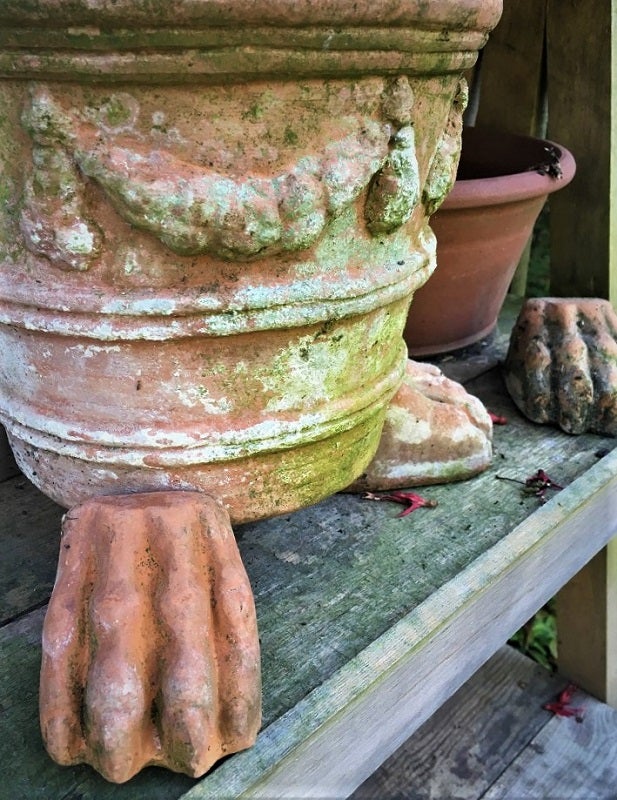And Now You Know: Courthouse cannon tells tragic story
Published 10:19 am Wednesday, May 23, 2018
By Mike Louviere
On the west side of the lawn, at the Orange County Courthouse is an old cannon. It is mounted on a block of concrete. The mounting of the cannon is unusual; most cannons are mounted on a carriage. The patina is such a thick green that it is difficult to tell much about the cannon.
There are about as many stories about the cannon as there are people to tell them.
Over a period spanning 20 years, J. Cullen Browning, former editor of the Orange Leader, Louis Dugas, a local attorney and historian, Dr. Howard Williams, local physician and historian, and John Dowdy, former U.S. Congressman, independently, and consulting, tried to piece together the story of the cannon. In addition to researching documents, they interviewed anyone they found who had some knowledge of how the cannon came to be mounted at the courthouse. The following is the result of their research.
On July 4, 1907, to celebrate Independence Day, Company K of the Orange Rifles and the Jeff Davis Rifles of Jasper County were conducting a mock skirmish reenacting the Battle of Bunker Hill. The highlight of the skirmish would be the firing of the cannon belonging to the Jeff Davis Rifles.
The cannon is a “12 Pounder”, meaning that the cannon ball it fired weighed 12 pounds. The brass cannon is one of 19 that were purchased from the Revere Copper Company of Boston on November 23, 1863. It weighed 1220 pounds and has serial number 315. They style is commonly called a “Napoleon”.
The battle lines were drawn and the cannon had been fired three times. For the fourth loading the charge was placed in the barrel and as the charge was being rammed into the barrel, it discharged prematurely.
W.C. Blake, First Sergeant of the Jeff Davis Rifles, was using the ramrod to drive the charge home when the discharge occurred. He was being assisted by Mays Allen. Captain E.I. Kellie, commander of the Rifles, was holding his thumb over the vent hole. All three men were performing moves they had done many times before.
When the charge blew, it had such force that the ramrod carried away part of Blake’s left hand, mangled every bone in his hand, and broke one of the bones in his right arm. One side of his face was “terribly burned”.
Mays suffered burns to his face and deafness from the concussion. Kellie was uninjured.
Blake was stunned and in shock but was able to stumble into the arms of Kellie, his face and hand bleeding profusely.
Blake was placed in a carriage and taken to the office of Dr. Pierce. For two hours, physicians in the office were engaged in treating the injuries. Blake’s left hand had to be amputated just above the wrist. He was moved to a room in the Holland Hotel where a nurse was provided to care for him.
Captain Kellie was distraught and in a great state of shock over the accident and the injury to Blake. Blake had been the first sergeant of the Jeff Davis Rifles for 17 years and was an extremely close friend of Kellie.
When the company left Orange to return to Jasper, Kellie refused to take the cannon, saying he never wanted to see it again.
As a result, the cannon sat in several locations over the next years; it was mostly ignored until 1915 when the Orange County Commissioners Court approved funding to locate the cannon at the courthouse on a permanent mount. The original wooden carriage had begun to rot from years of neglect. It was decided to make a concrete mount for the cannon.
The cannon was first mounted on the east side of the courthouse lawn near the site of the present day history wall, it was moved to the west side of the lawn about 1977.
“And now you know”





